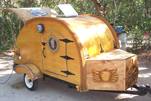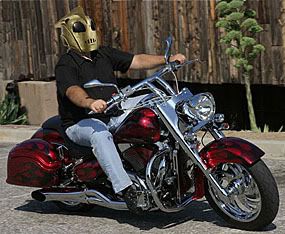I am a retired Highways techie, 29 years with B.C. Ministry of Highways. When it comes to highway infastructure "s**t does not happen" without someone knowing about it long before it happens.
Bottom line: Engineers do the inspections, Politicians make the decisions.
Regards, JG
Bridge Collapses
65 posts
• Page 4 of 5 • 1, 2, 3, 4, 5
Hamcan wrote:I am a retired Highways techie, 29 years with B.C. Ministry of Highways. When it comes to highway infastructure "s**t does not happen" without someone knowing about it long before it happens.
Bottom line: Engineers do the inspections, Politicians make the decisions.
Regards, JG
You got major earthquakes up there?
No?
What if you have one, and stuff gets destroyed, people die, and people start blaming you guys for not building to earthquake specs?
Yeah--s*** does happen. Mother Nature could care less about our capabilities as mere mortals.
Here we go again!
-

Ira - Forum Storyteller
- Posts: 5652
- Images: 118
- Joined: Tue Nov 29, 2005 2:16 pm
- Location: South Florida



